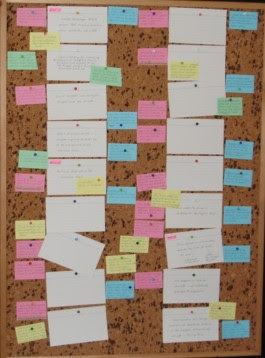I'm off on holiday for a week, visiting Devon, the setting for Her Parenthood Assignment. With wonderful timing, the proofs for English Lord, Ordinary Lady have arrived on my doorstep this morning. I think I might have to take them with me. Grrr.
It's certainly going to be a working holiday. I'm taking my laptop so I can carry on with the current work in progress, and on Wednesday I'll be catching the train back up to London for the RNA's Summer Party. If you see me there, say hello, and please don't heckle my speech after the New Writers' Award is given out!







